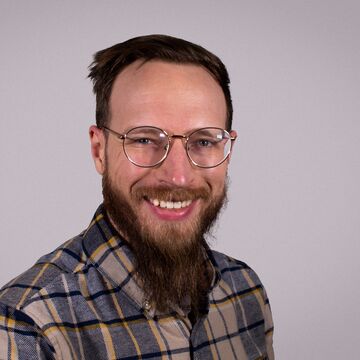

Alan Perry
Lecturer
Contact
Bio
BFA, 2013, Colorado State University, Fort Collins, CO; MFA, 2019, School of the Art Institute of Chicago, Chicago, IL. Solo Exhibitions: Logan Arts Grey Center, Chicago; SITE Gallery Columbus, Chicago; Black Box Gallery, Portland; Ice Cube Gallery, Denver; Electronic Arts Gallery, Fort Collins; MINI Gallery, Fort Collins; Rendition Gallery, Fort Collins. Publications: ASMP Bulletin; The HAND. Awards: Arts, Science, & Culture Initiative Grant, University of Chicago; SAIC Graduate Dean Professional Development Award, SAIC; ASMP's Best of 2015, American Society of Media Photographers.